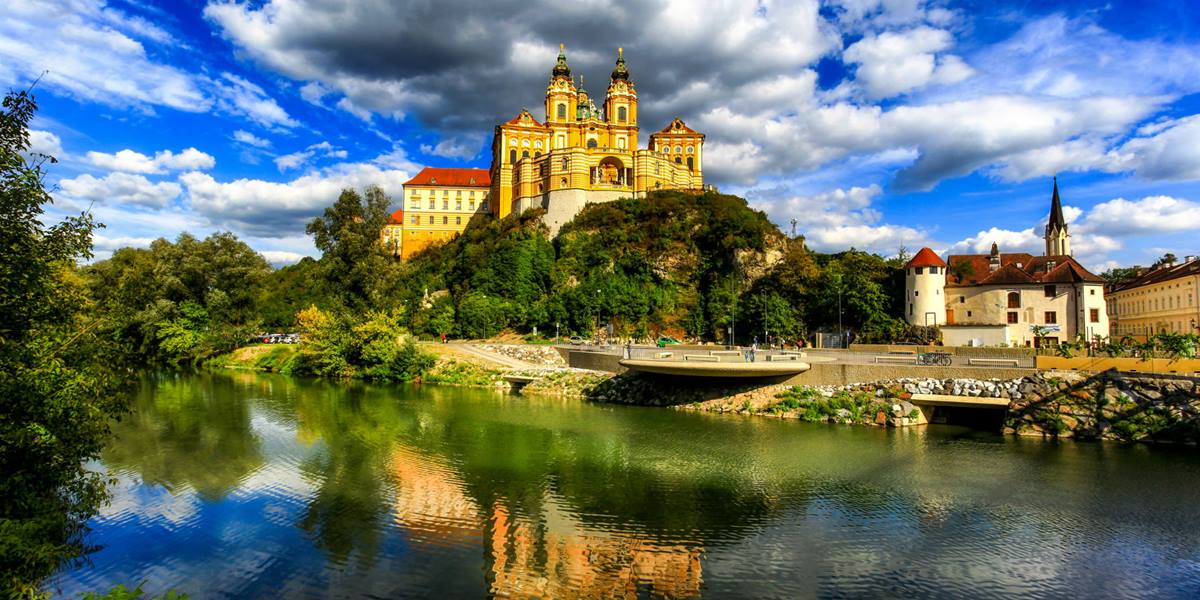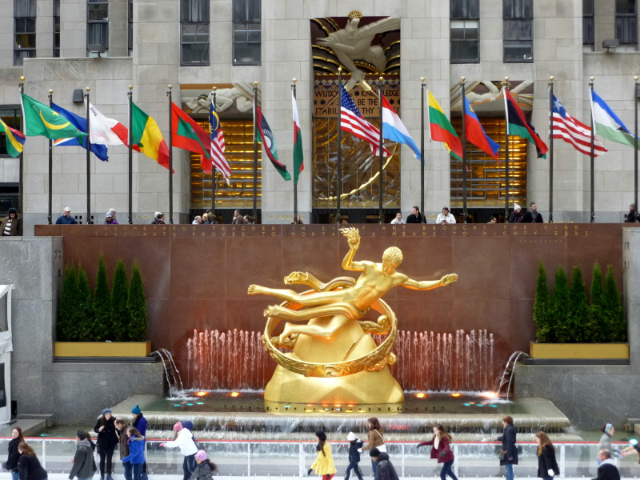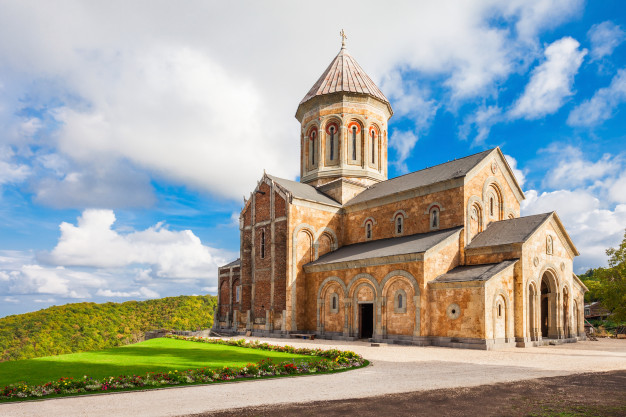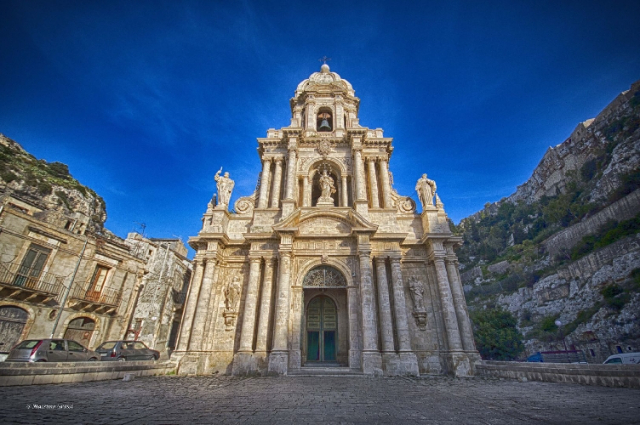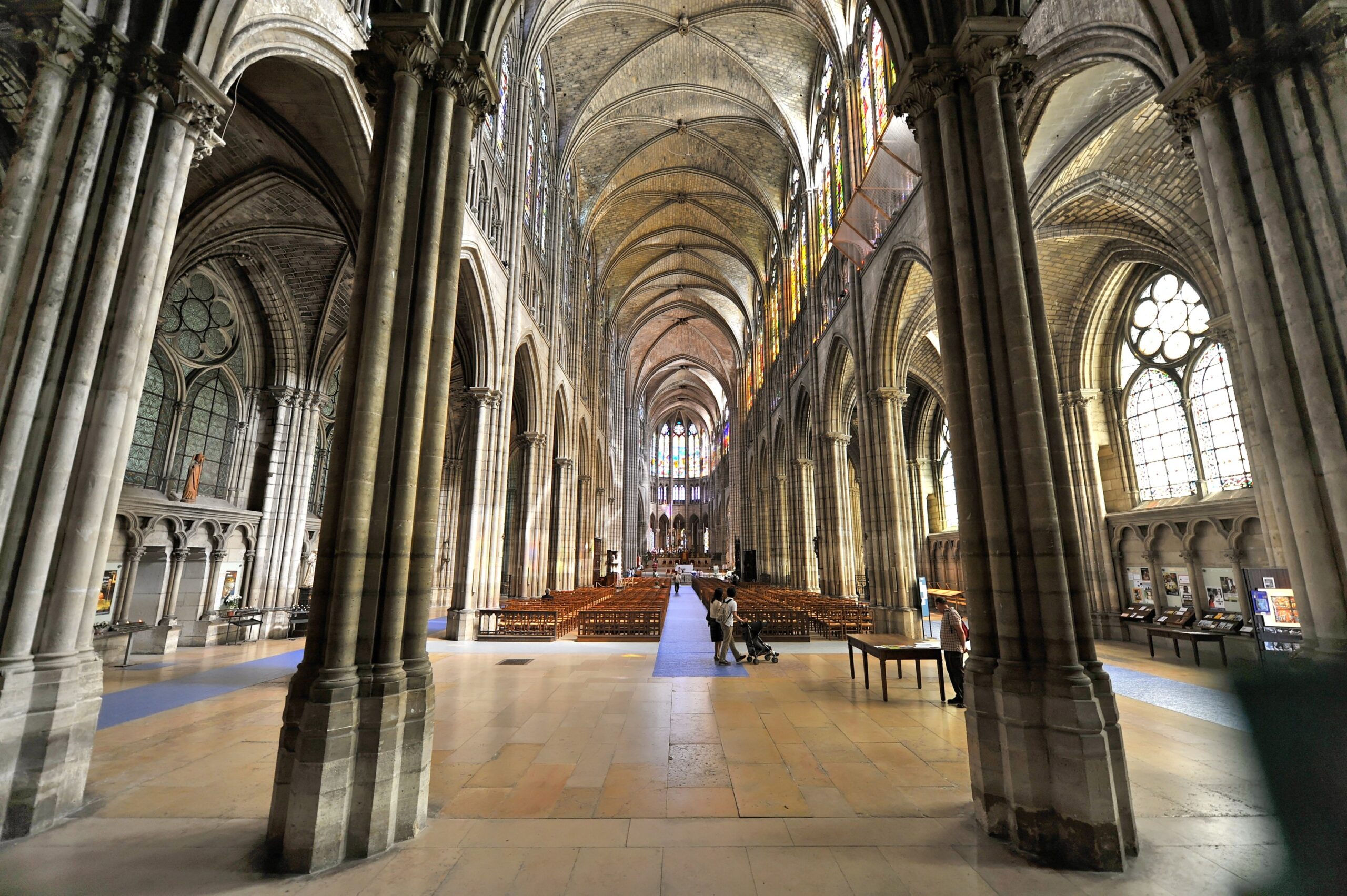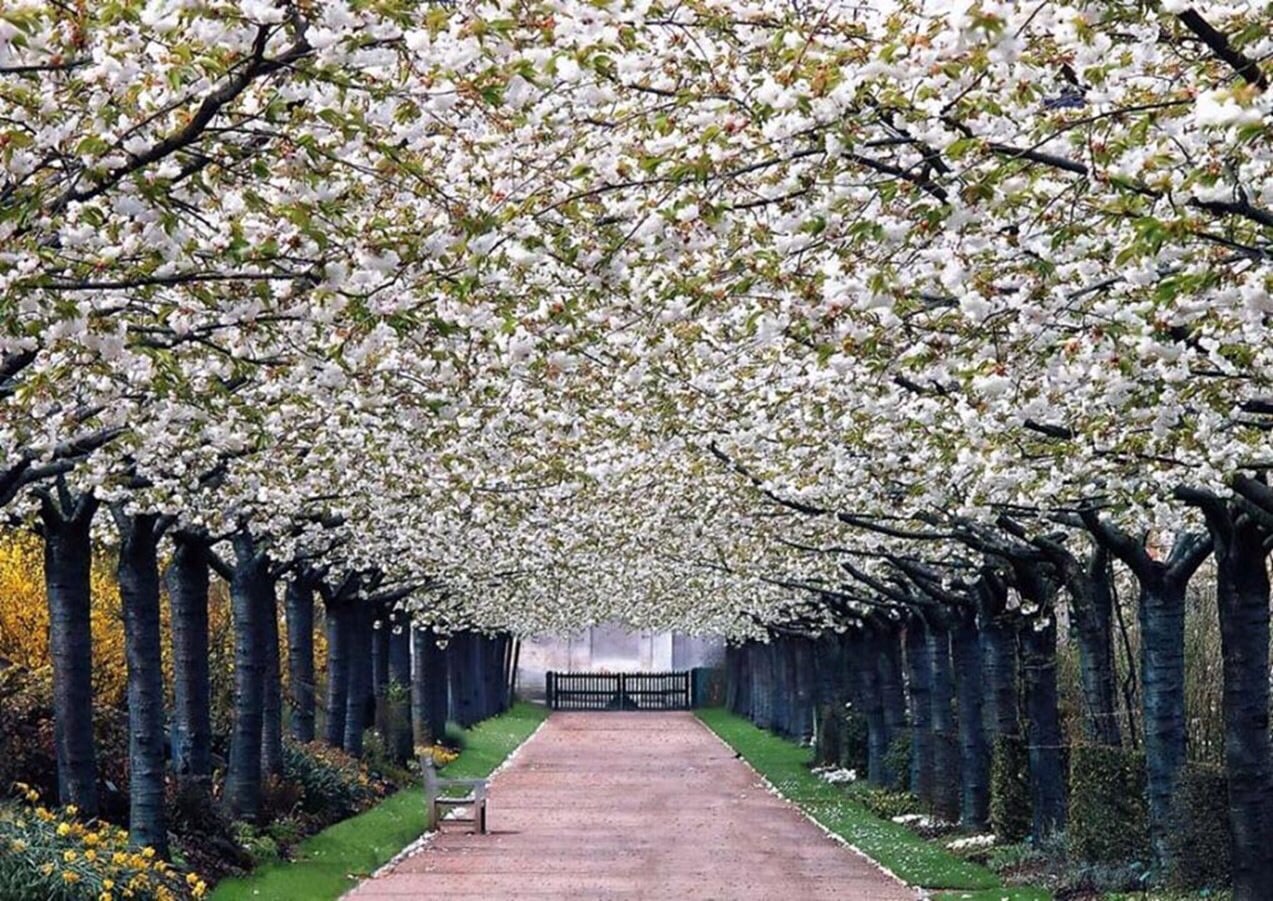No tour of monasteries in Austria, or Middle Europe, for that matter, would be complete without a visit to the magnificent Melk Abbey. Abbot Berthold Dietmayr and his architects Jakob Prandtauer and Joseph Munggenast left no stone unturned in their quest from 1701 to 1736 to construct a sacred palace upon the foundations of a medieval monastery.
The centrepiece of this complex is the library, its main hall boasting 16,000 volumes and graced with a ceiling fresco by Paul Troger. A spiral staircase leads to another set of 12 library rooms not open to the public but containing more than 100,000 volumes, some of which are extremely valuable. It is easy to understand why the Italian writer Umberto Eco drew inspiration from this site for his novel “The Name of the Rose” in which a monastic library plays a key role.
The library is the second most important space in any Benedictine monastery, the first being, of course, the church. The most important Baroque masters were commissioned with the artworks: Antonio Beduzzi for interior design, Johann Michael Rottmayr and Paul Troger for the frescos and altarpieces, Guiseppe Galli-Bibiena for the pulpit and high altar, and Lorenzo Mattielli and Peter Widerin for sculptures. It is no surprise that the beauty of the church is breathtaking, as is the view from the semi-circular exterior terrace looking out over the Wachau Valley.
